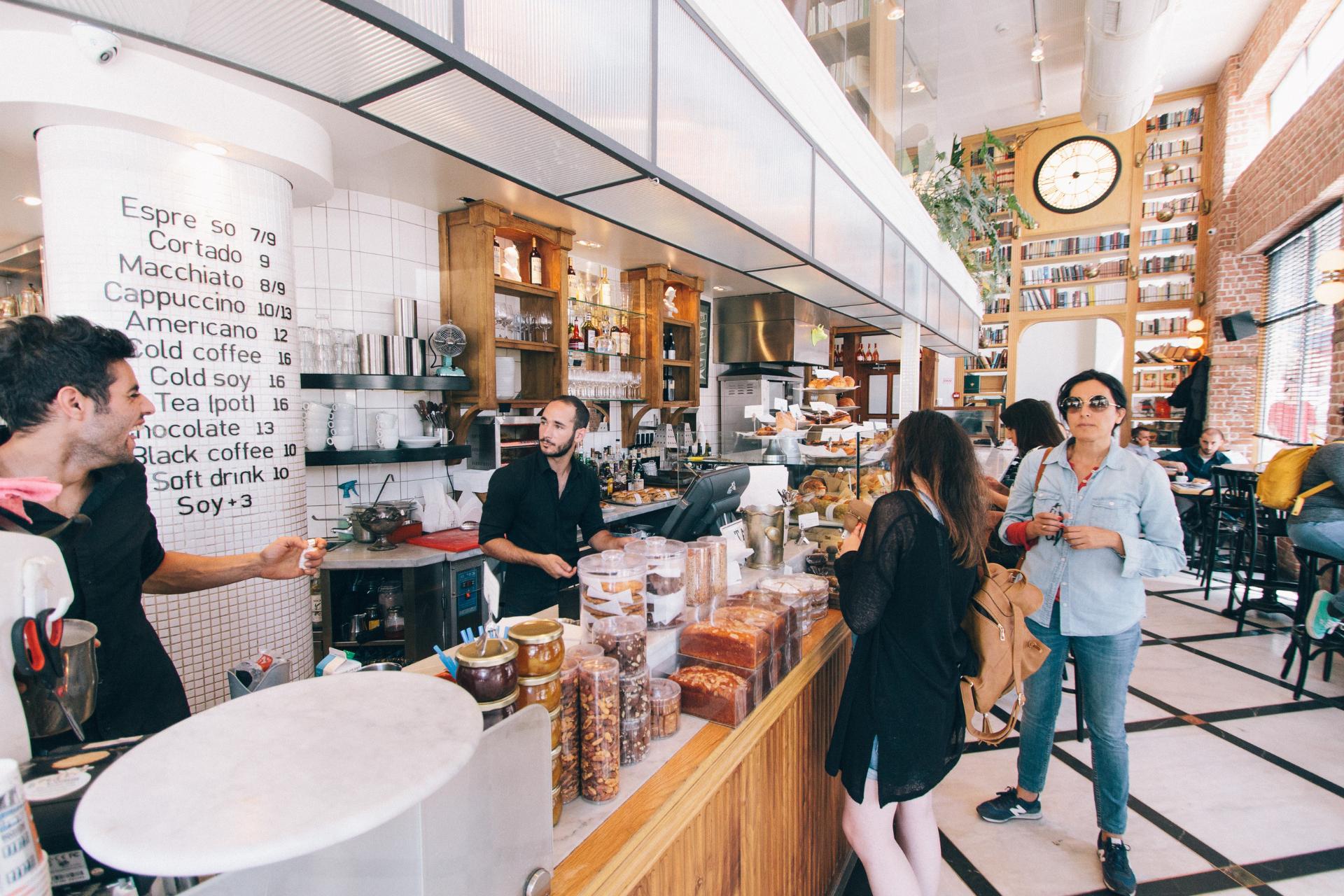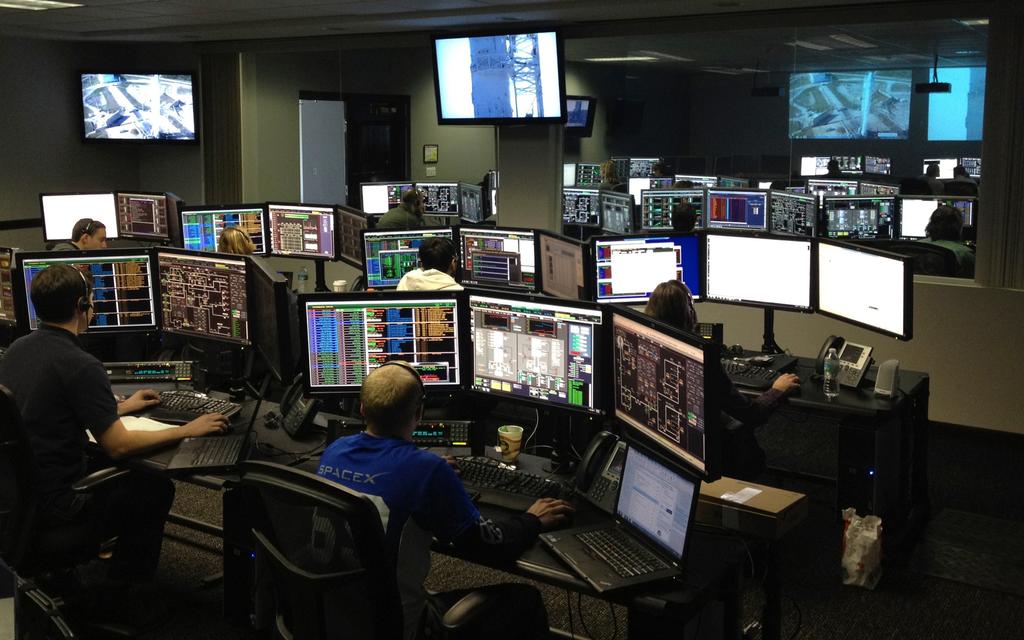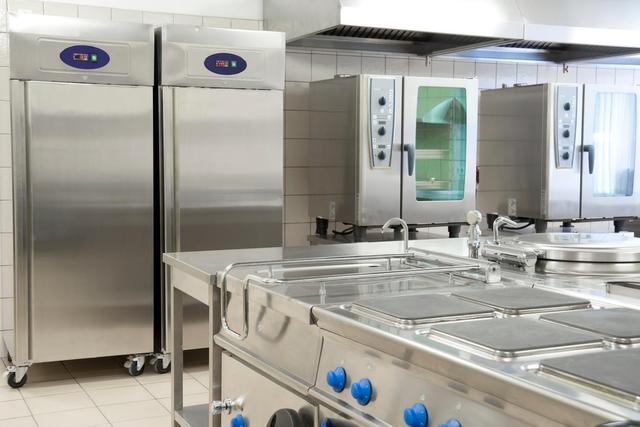You don't need a digital command center to use technology effectively to brand your restaurant, promote your business and engage your customers. However, it's critical to recognize the role that technology plays for today's restaurants. Technology includes both digital tech and advanced gadgetry and equipment, but this article explores digital tech for restaurants. Gadgets are fun but less critical for experienced chefs who can always find viable workarounds.
Technology fosters two-way communications with your customers and gives you new ways to reach prospects for your restaurant and alternative income streams such as catering services. Social media platforms provide unparalleled marketing and promotional opportunities such as hosting customer-generated photography contests, encouraging people to invite their friends to impromptu gatherings at your restaurant and sharing reviews, dining photos and photos of your signature dishes.
During the restaurant planning phase, it's important to consider what kind of technology infrastructure you'll need to promote your restaurant. You'll need a point-of-sale, or POS, system, a responsive website and management software at a minimum. You can add other technologies as your business grows, but it's much easier if you build a robust technology infrastructure from the start to take advantage of all your online marketing and customer engagement options.
Curating the Customer Experience

The customer experience is now more important than the taste of food for many people. The customer experience includes all aspects of your restaurant operation from two-way engagement to providing real-time information about your supply chain and the nutritional profile of your menu items. That's why most consumers have become more interested in how they buy instead of what they buy, and digital technology is essential for providing appealing experiences.
Research shows that restaurant technology can enhance the customer experience by speeding the ordering process, reducing errors, providing distractions while customers wait to be seated and enabling people to connect with their favorite social platforms while dining. Customers can read real-time reviews from their fellow diners, receive personalized incentives and loyalty rewards and speed transactions at drive-through carryout stations and in-house ordering kiosks. Technology applications that create a winning customer experience include:
-
Using Digital Menu and Marketing Signs
Digital menu signs allow you to market your business, promote specials, engage your customers with real-time information and post or revise the day's menu and specials easily. Digital menus accelerate ordering and help to turn tables faster. If you own more than one restaurant, you can automatically manage each location and control the messages on multiple screens.
One of the biggest advantages of digital signs is the ability to suggestive-sell remotely. You can't always rely on harried servers to repeat an offer to each customer. You can suggest items, cross-sell and promote company merchandise and alternative services such as delivery, catering or a mobile food truck operation.
-
Enhancing Entertainment Options

Every restaurant needs some kind of sound system for background music, but more and more companies now provide specialized entertainment options such as gaming-while-you-wait, live social media posts, karaoke, news reports and local tourism information.
There are always the ubiquitous big-screen televisions for broadcasting sporting events. You can also use this technology to recognize customers who are having a birthday or anniversary celebration.
-
Fostering Seamless Restaurant Communication
Technology allows seamless communication between the back- and front-of-the-house. The kitchen can inform the servers instantly when running out of a menu item, and customer complaints can be immediately sent to a manager.
-
Tips, Tricks and How-To Videos from Your Chef

More and more celebrity chefs film cooking and recipe videos. Some offer cooking classes and tips on using culinary equipment. You might want to incorporate video-filming technology and/or build a staging area for cooking classes.
- Posting Social Media Content in Real-Time
You can post reviews, testimonials and information about different cuisines from your social media pages. Live posts of your special of the day can encourage customers to take photos and share their restaurant experiences.
- Personalizing Incentive Offers and Coupons
You can use technology to market to your existing customers to remind them of special events, provide incentive offers or target nearby people who have their GPS locators turned on.
- Better Drive-Through Operations
Digital technology can enable customers to order before they arrive at the drive-through to accelerate transactions. Customers can save on gas by parking and having their carryout orders delivered to them when their food is ready.

Your POS System--The Backbone of Digital Technology
Research shows that 65 percent of customers prefer to pay with a credit or debit card for low-cost items--such as coffee--while 90 percent use plastic to pay for higher guest check totals and big-ticket items according to an article about restaurant technology trends that enhance the customer experience. Offering easy payment options speeds ordering and paying the check, so your POS system can easily generate higher sales.
Unfortunately, some POS systems require quite an investment in hardware such as tablets, ordering stations and printers. That's why the Waiterio POS system is ideal for startups and small-to-medium-sized restaurants. This intuitive and user-friendly system requires little training, and your staff can download the application on their existing phones, which greatly reduces your capital investment in a POS system.
You can use relatively cheap phones to take orders at tableside, transmit orders to different stations, manage seating your tables more efficiently, accept payments and reduce long lines at POS stations, which streamlines and simplifies your restaurant's design strategy and flow patterns. That's what cost-value technology does: It generates multiple operational benefits using the least expensive and complicated applications. Other benefits of a multipurpose POS system include:
- Customers can order on their own schedule.
- Mobile ordering increases accuracy and transaction speed.
- You can change prices and add menu items easily.
- Servers can take orders faster and spend more time interacting with customers.
Digital technology can provide great customer experiences every time, but the supporting infrastructure must be designed as an integral part of your restaurant's design and service strategy. Technology allows restaurants to share information across multiple platforms and properties, so you'll have a wealth of data for new operations and income streams.
The technology problem is half the problem, so I'll next address the other half of the equation--human resources. Hiring, training and managing your staff generate extreme challenges, but the right technology tools can simplify and automate many recruiting, hiring, training and HR management problems.





